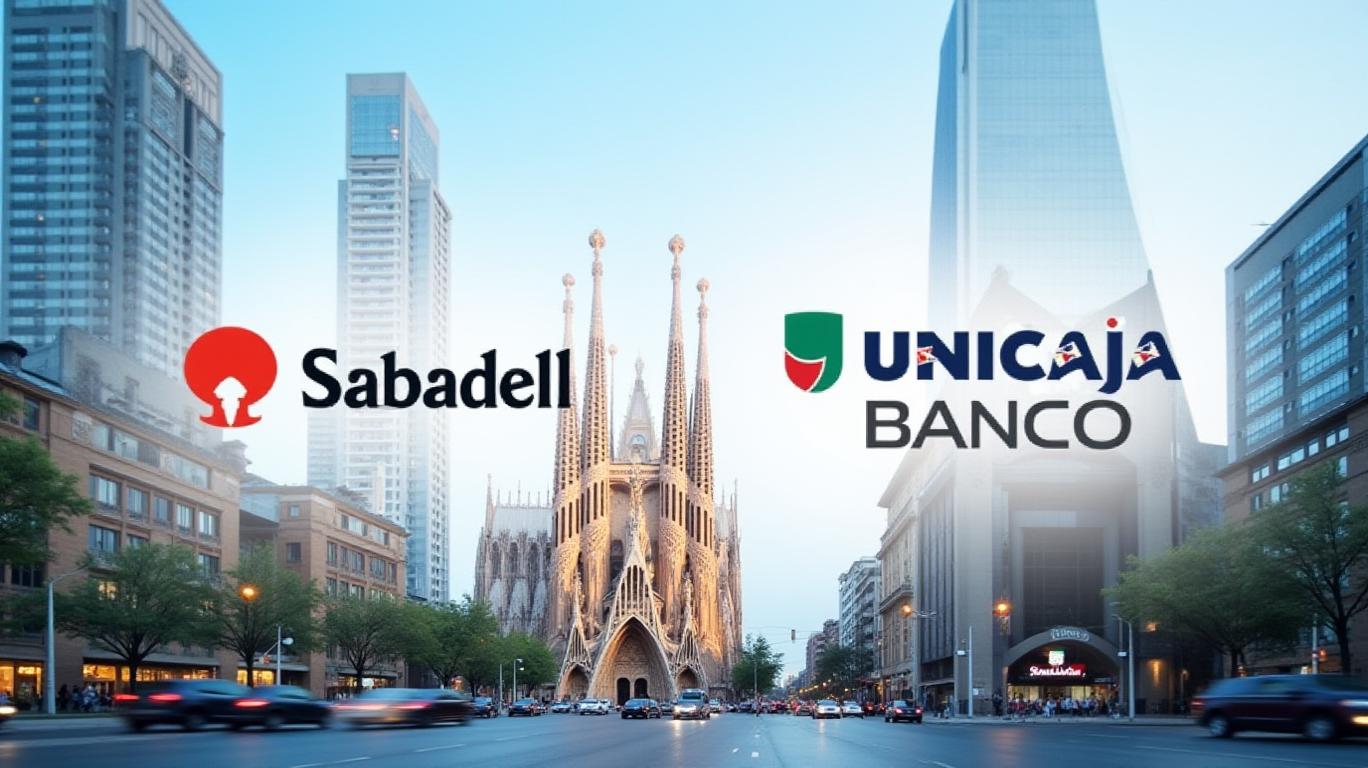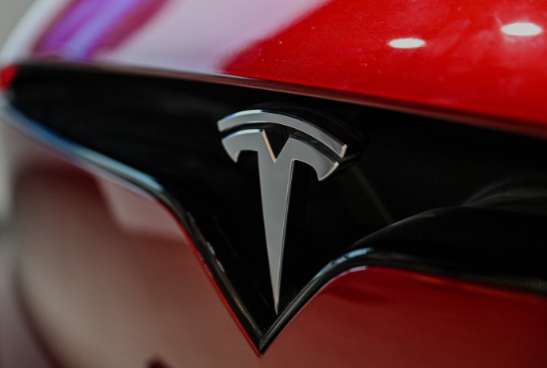Sabadell's Defensive Merger with Unicaja: A Strategic Shield Against BBVA's Hostile Takeover
The Spanish banking sector is entering a pivotal phase of consolidation, with Banco Sabadell’s preemptive merger with Unicaja Banco emerging as a masterstroke of strategic defense. By partnering with Unicaja, Sabadell has not only fortified its position against BBVA’s hostile takeover bid but also signaled to regulators and investors that it can navigate the low-rate environment through disciplined consolidation. For investors, this move presents a compelling opportunity to capitalize on defensive synergies, regulatory tailwinds, and the broader theme of European banking resilience.
Ask Aime: "Will Banco Sabadell's merger with Unicaja Banco benefit from regulatory tailwinds?"

The Regulatory Shield: Why Sabadell’s Merger with Unicaja Deters BBVA
BBVA’s €13 billion hostile bid for Sabadell has faced fierce opposition from Spain’s National Commission on Markets and Competition (CNMC), which approved the deal only under stringent conditions—most critically, requiring BBVA to divest 213 branches by Q2 2025 to avoid market dominance. Meanwhile, Sabadell’s preemptive merger with Unicaja, finalized in 2021, already addresses these antitrust concerns. The combined entity created a regional powerhouse with €152 billion in assets, avoiding the concentration risks that haunt BBVA’s proposal.
The CNMC’s scrutiny of BBVA’s bid highlights regulators’ preference for horizontal consolidation—mergers between similarly sized banks—to preserve competition. By aligning with Unicaja, Sabadell has positioned itself as a compliant, stable alternative to BBVA’s aggressive play. This regulatory alignment is critical: the Spanish government’s public consultation on BBVA’s deal, which runs until May 16, underscores its reluctance to approve moves that centralize banking power.
Financial Resilience: Sabadell’s Strong Standalone Performance
Sabadell’s recent financial performance further weakens BBVA’s case. In Q1 2025, net income surged 58.8% year-over-year to €489 million, driven by strong SME lending and a record €1.83 billion profit in 2024. CEO César González-Bueno’s focus on shareholder returns—€3.3 billion in payouts by 2025, including buybacks and dividends—has bolstered investor confidence.
The merger with Unicaja has already unlocked €500 million in synergies, with cost-to-income ratios improving to 50% or lower. In contrast, BBVA’s offer, which values Sabadell at €2.6 billion (a 30% premium over April 2024 prices), is seen as undervalued given Sabadell’s standalone trajectory. Investors wary of BBVA’s execution risks—branch divestitures, IT integration delays—should note that Sabadell’s partnership with Unicaja avoids these pitfalls while maintaining regulatory favor.
Shareholder Value: Why Long Positions in Sabadell/Unicaja Make Sense
The Sabadell-Unicaja merger creates a defensive moat against BBVA’s hostile tactics. By integrating Unicaja’s 850 branches and 11,000 employees, Sabadell has strengthened its regional footprint, reducing BBVA’s ability to exploit local market gaps. This synergy also aligns with Spain’s strategic priorities: preserving SME access to credit and maintaining branch networks in underserved areas—commitments BBVA must now fulfill, or risk penalties.
For investors, the upside is twofold:
1. Near-Term Stability: Sabadell’s resistance has already triggered a 18% rise in BBVA’s stock on merger optimism, but the risk of BBVA failing its Q2 branch sales deadline could devalue its shares. Sabadell’s stock, meanwhile, holds its ground, offering a safer bet.
2. Long-Term Growth: The merged entity’s 2025 targets—90% digital banking usage, NPLs below 3%, and expansion into Latin America—position it to thrive in a low-rate environment.
The Broader Picture: European Banking’s Survival of the Fittest
The BBVA-Sabadell battle reflects a continent-wide trend: banks are consolidating to survive. Unicredit’s acquisitions, Spain’s CaixaBank expansions, and the EU’s push for cross-border integration all highlight the need for scale. Sabadell’s defensive merger exemplifies how smaller players can leverage regional ties and regulatory support to outmaneuver larger rivals.
In this landscape, investors should favor banks that prioritize stability over aggressive takeovers. Sabadell’s alignment with Unicaja—and its demonstrated ability to resist hostile bids—positions it as a leader in sustainable consolidation.
Conclusion: Act Now—Sabadell’s Defensive Play Offers Rare Upside
Sabadell’s preemptive merger with Unicaja is more than a defensive move—it’s a strategic blueprint for surviving banking consolidation. By avoiding BBVA’s regulatory and operational risks, Sabadell secures its future while offering investors a chance to profit from synergies and regulatory tailwinds. With BBVA’s deadline looming and shareholder payouts on track, the time to position for this sector reshaping is now.
Investment thesis: Long positions in Sabadell (and its Unicaja partner) offer asymmetric upside. BBVA’s execution risks and Sabadell’s proven resilience make this a high-conviction call for investors seeking to capitalize on European banking’s next chapter.
Data as of May 12, 2025. Always conduct further research before making investment decisions.










